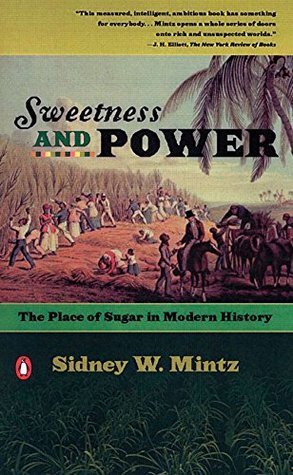By the 1530s, the island had a “fairly stable total” of thirty-four mills; and by 1568, “plantations owning a hundred-fifty to two hundred slaves were not uncommon. A few of the more magnificent estates possessed up to five hundred slaves, with production figures correspondingly high.”37 One interesting feature of this development was the part played by the state and, indeed, by civil servants, who owned, administered, bought, and sold plantations.
(referring to Santo Domingo). It is important to remember that the majority of enslaved peoples taken from Africa we taken to South America and the Caribbean market.


